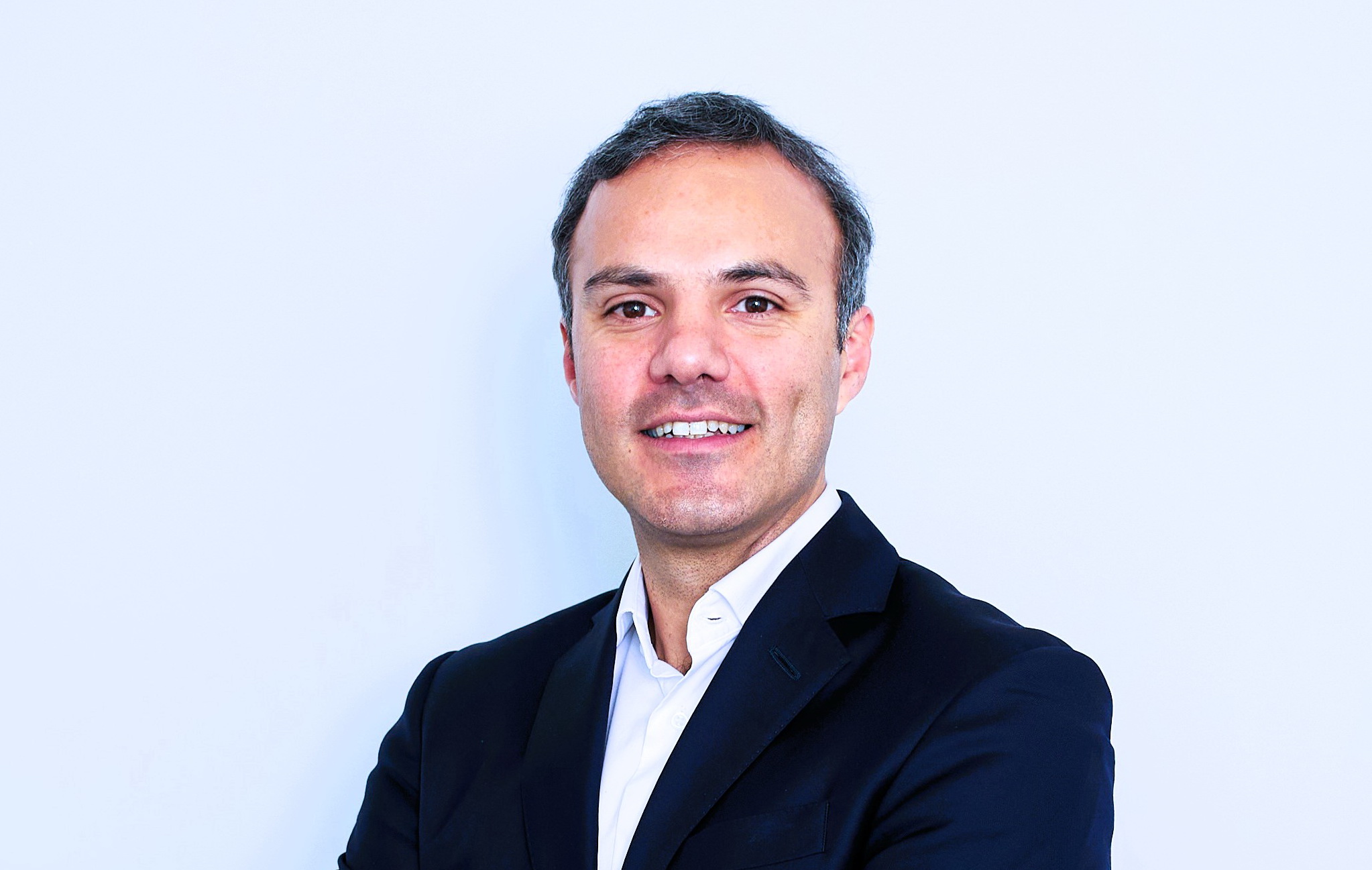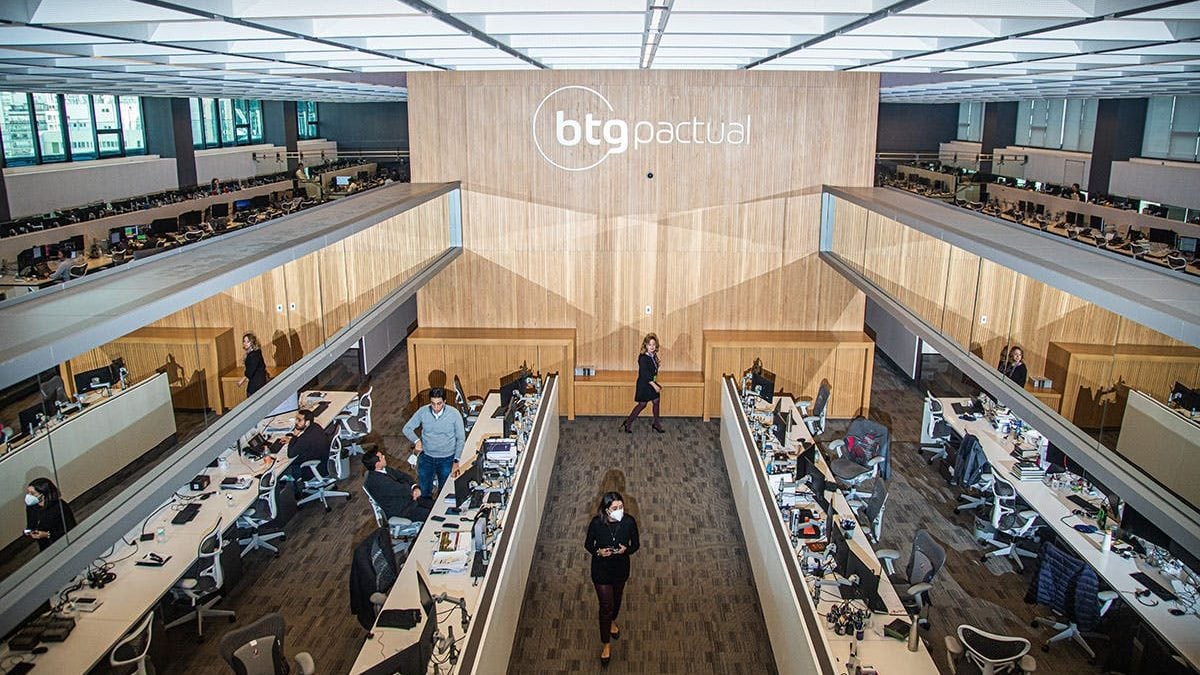These strategies, named Private Real Estate Debt II and Residential Debt, aim to take advantage of emerging opportunities in real estate-related financing. The asset manager submitted their regulations to the Commission for the Financial Market (CMF) for registration—a key step in creating investment funds in the Chilean market—at the end of September.
The second iteration of the Private Real Estate Debt strategy will invest in a diversified portfolio of structured financing for residential real estate projects, according to BTG Pactual Chile’s comments to Funds Society. Residential Debt, on the other hand, is focused on unsubsidized endorsable mortgage loans.
Both strategies target different aspects of the real estate dynamic: the former finances developers, while the latter focuses on homebuyers. As explained by the asset manager, Private Real Estate Debt II is structured as a short-term financing strategy, while Residential Debt is geared toward the long term.
Financing Real Estate Developers
Private Real Estate Debt II is a vehicle aimed at institutional and private investors. According to its portfolio manager, Juan Pablo Andrusco, the goal is to build a diversified portfolio of structured financing for completed residential real estate projects, totaling 1 million UF (approximately 28 million dollars).
As highlighted by the manager, the strategy carries no construction or regulatory risk and consists of readily deliverable assets.
The fund builds upon the success of its predecessor vehicle. Andrusco notes that the first iteration was successfully invested between January and October of this year, creating a portfolio of nearly 1 million UF.
“The market situation (low sales and increased completed inventory), combined with a more restrictive traditional banking sector toward real estate, has created an interesting window for funds to provide financing to developers at attractive rates for investors, with solid collateral such as completed apartments or houses ready for immediate delivery,” explains the portfolio manager.
Mortgage Loans
Residential Debt has a target size of between 3 million and 4 million UF (between 84 million and 112 million dollars). The portfolio will invest in the housing debt segment through endorsable mortgage loans, focusing on unsubsidized primary residences and investor segments.
“This is an interesting strategy for long-term investors who want to act at historically high rates with limited risks given the guarantees provided by the underlying assets,” says José Miguel Correa, the strategy’s portfolio manager.
The investment thesis here is “to take advantage of the current mortgage credit conditions to engage long-term at absolute rates and historically attractive spreads, through a diversified portfolio with solid guarantees,” he adds.
Seizing Opportunities
According to the asset manager, the launch of these two new strategies comes at a time when residential debt—a key pillar in the private debt world—offers more opportunistic theses, considering origination rate levels.
Private Real Estate Debt II, in particular, aims to meet the financing needs of real estate companies that use their completed but unsold inventory as debt collateral.
With this, BTG Pactual leverages its experience in real estate investments and private financing. The Brazilian-based asset manager offers a wide range of alternative strategies in Chile, including 12 other private debt investment funds and 8 real estate vehicles.
The firm also emphasizes its internal capabilities for investing in these types of assets, including specialized teams for originating and managing private debt.



 For Emilio Veiga Gil
For Emilio Veiga Gil